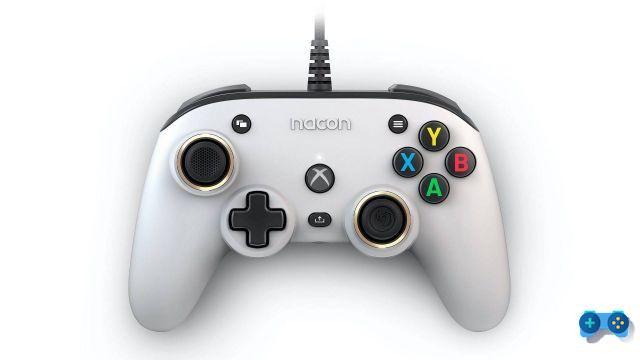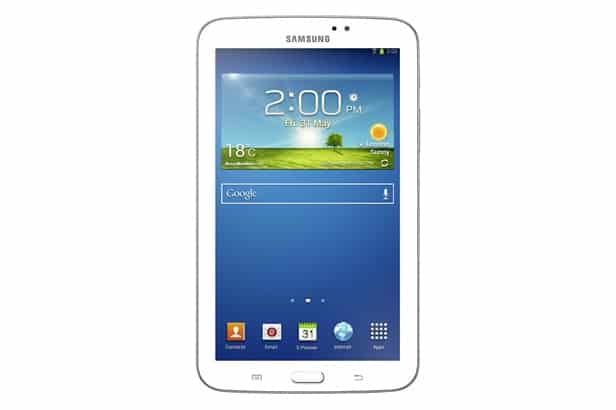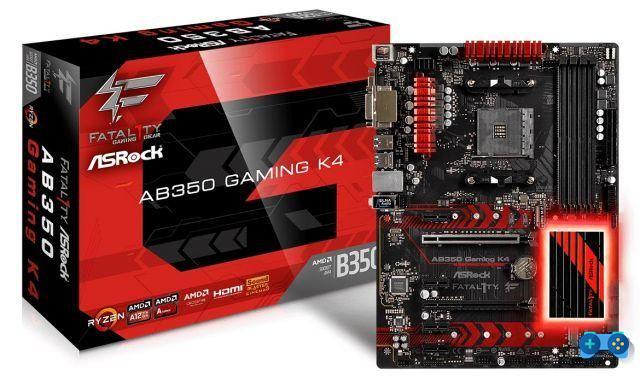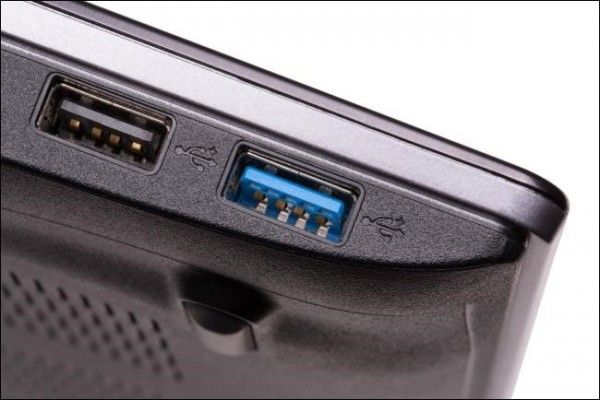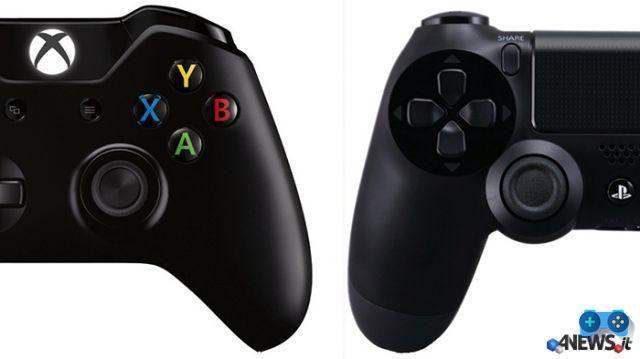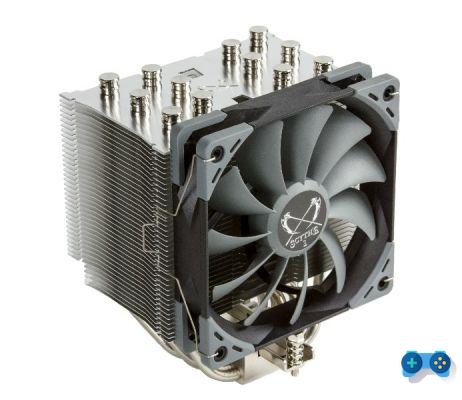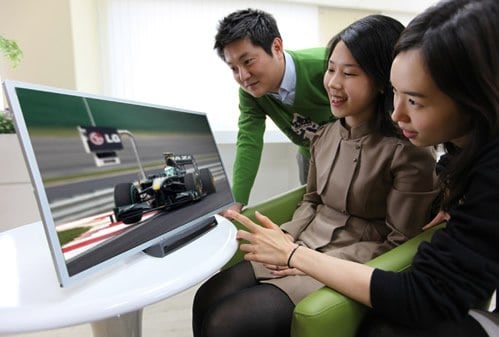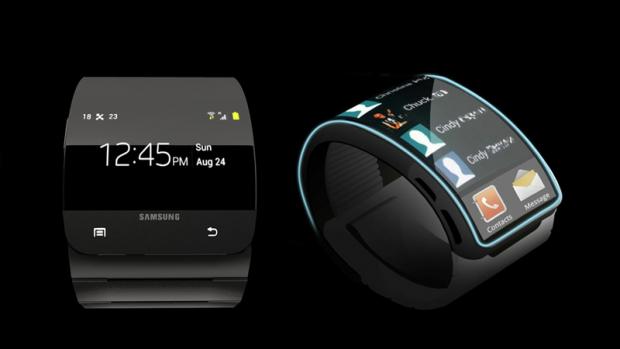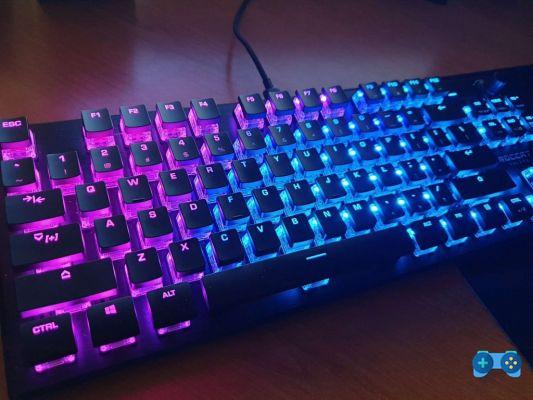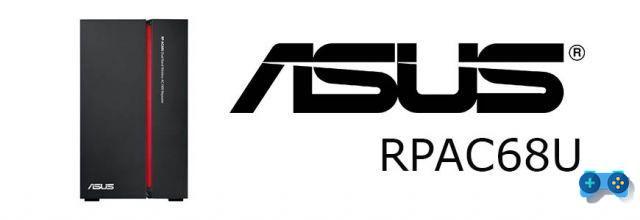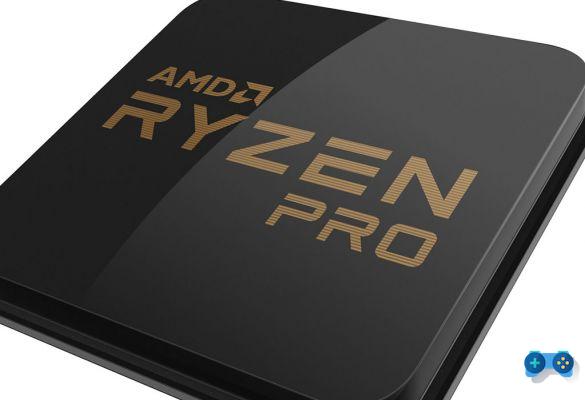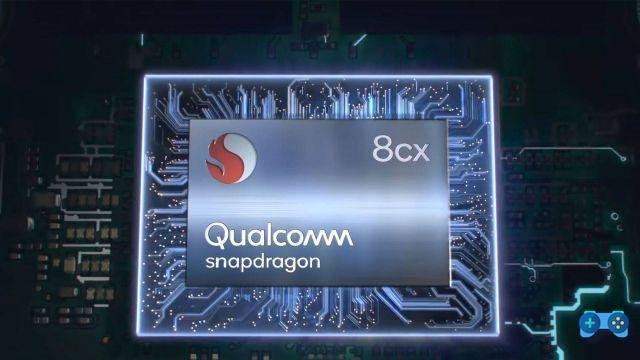
The first system-on-chip (SoC) benchmarks have appeared on the net Qualcomm's third-generation Snapdragon 8CX. The benchmark compares the performance of the Qualcomm SoC on multi-threaded workloads to that of the latest chip mobile Intel Core i7 "Tiger Lake" of the eleventh generation.
The data extracted from the Geekbench database, and which we remember are still provisional, as Qualcomm has not yet formally announced its Snapdragon 8cx Gen 3, refer to a platform Qualcomm Reference Design (QRD) running the new SoC, as reported by NotebookCheck.
Just like other notebook development platforms, QRD platforms are intended for hardware and software developers, so performance usually differs from that of retail products. However, such platforms tend to give a good indication of what to really expect from the new chips coming out for the consumer market.
Qualcomm Snapdragon 8cx Gen 3 Benchmarks
| CPU | Single-Core | Multi-Core | Cores / Threads, uArch | cache | Clocks | TDP |
|---|---|---|---|---|---|---|
| Qualcomm Snapdragon 8cx Gen 3 * | 982 | 4,918 | 4C Kryo Gold + + 4C Kryo Gold | ? MB | 2.69 GHz | ? |
| Qualcomm Snapdragon 8cx Gen 2 | 795 | 3,050 | 4C Kryo 495 Gold + 4C Kryo 495 Silver | ? MB | 3.15 GHz + 2.42 GHz | 7W |
| Qualcomm Snapdragon 8cx Gen 1 | 725 | 2,884 | 4C Kryo 495 Gold + 4C Kryo 495 Silver | ? MB | 2.84 GHz + 1.80 GHz | 7W |
| AMD Ryzen 9 5980HS | 1,540 | 8,225 | 8C / 16T, Zen 3 | 16MB | 3.30 ~ 4.53 GHz | 35W |
| AMD Ryzen 9 4900H | 1,230 | 7,125 | 8C / 16T, Zen 2 | 8MB | 3.30 ~ 4.44 GHz | 35 ~ 54W |
| Intel Core i7-1160G7 | 1,400 | 5,000 | 4C / 8T, Willow Cove | 12MB | 2.10 ~ 4.40 GHz | 15W |
| Intel Core i7-1185G7 | 1,550 | 5,600 | 4C / 8T, Willow Cove | 12MB | 3.0 ~ 4.80 GHz | 28W |
| Apple M1 | 1,710 | 7,660 | 4C Firestorm + 4C Icestorm | 12MB + 4MB | 3.20 GHz | 20 ~ 24W |
New 8 core architecture
Qualcomm has been consistent in updating its family's annually Snapdragon 8cx SoC for notebooks. The SoC Third generation Snapdragon 8cx and although the new SoC should be announced later this year we already know that its architecture should represent a decisive change of course for the manufacturer.
Instead of integrating 4 CPU cores high performance and four low power, the Snapdragon 8cx Gen 3 is expected to contain 8 high-performance cores running at different clock speeds, omitting the low-power cores. This should improve performance, but it's unclear whether the chip will match will have the same 7W TDP as its predecessor.
As these tests would demonstrate, the Snapdragon 8cx Gen 3 shows significantly superior results in single-threaded workloads compared to previous generations. In these, in fact, the 35% faster than 8cx Gen 1 e 24% faster than 8cx Gen 2. We still don't know for sure the core frequency of the 8cx Gen 3, but it seems to be higher than that of Qualcomm Kryo 495 Gold, (a custom version of Arm's Cortex-A76).
Qualcomm improves performance every year
On the other hand, the performance of the Snapdragon 8cx Gen 3 compared to the new mobile chips from AMD and Intel that compete with the best Desktop CPU. The latest Zen 3 and Willow Core microarchitectures can run at higher clocks and consume more power to deliver more performance, or lower power consumption to improve runtime. Additionally, Apple's M1 would appear to have a 74% advantage over Qualcomm's Snapdragon 8cx Gen 3 (at least in its current form), in single-threaded workloads. While when it comes to performance in multi-threaded workloads, the Snapdragon 8cx Gen 3 clearly benefits from 8 high-performance cores (albeit running at different clocks). The new SoC outperformed the 8cx Gen 2 by more than 60% and is on par with Intel's 7-core, 1160-thread Core i7-4G8, a 15W SoC.
The tested Snapdragon 8cx Gen 3 could not compete with the higher-powered Apple M1 and AMD's Ryzen SoCs, but systems based on Qualcomm's 8cx platforms are not really meant to compete with high-end machines in terms of performance.
Overall, both single-threaded and multi-threaded benchmark results are incredibly encouraging for this Snapdragon 8cx Gen 3. Of course, it remains to be seen how commercial devices based on the new SoC they will compete with competitors in real-world applications.





